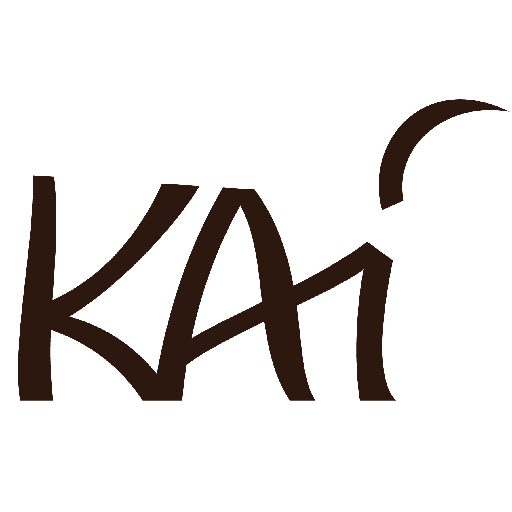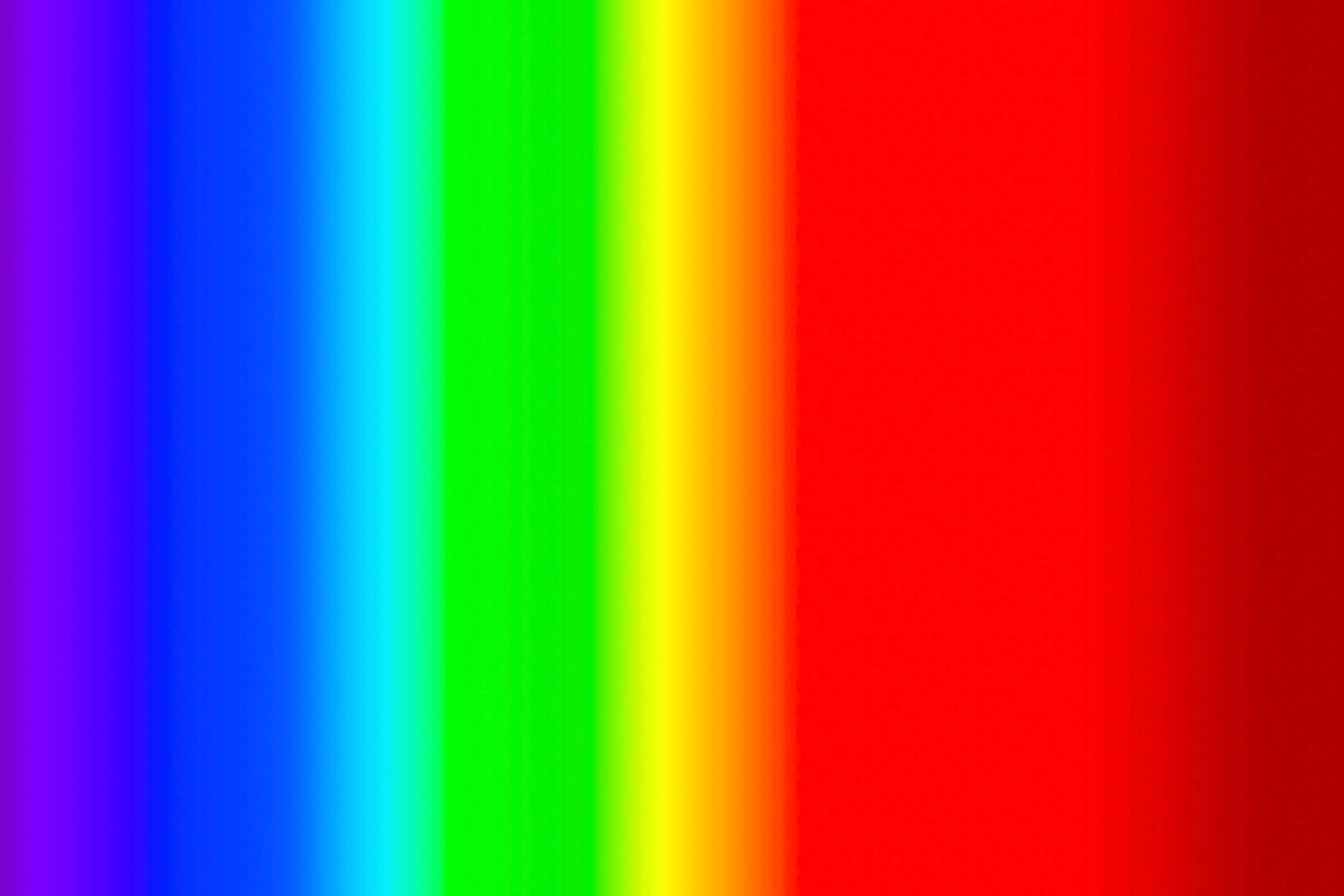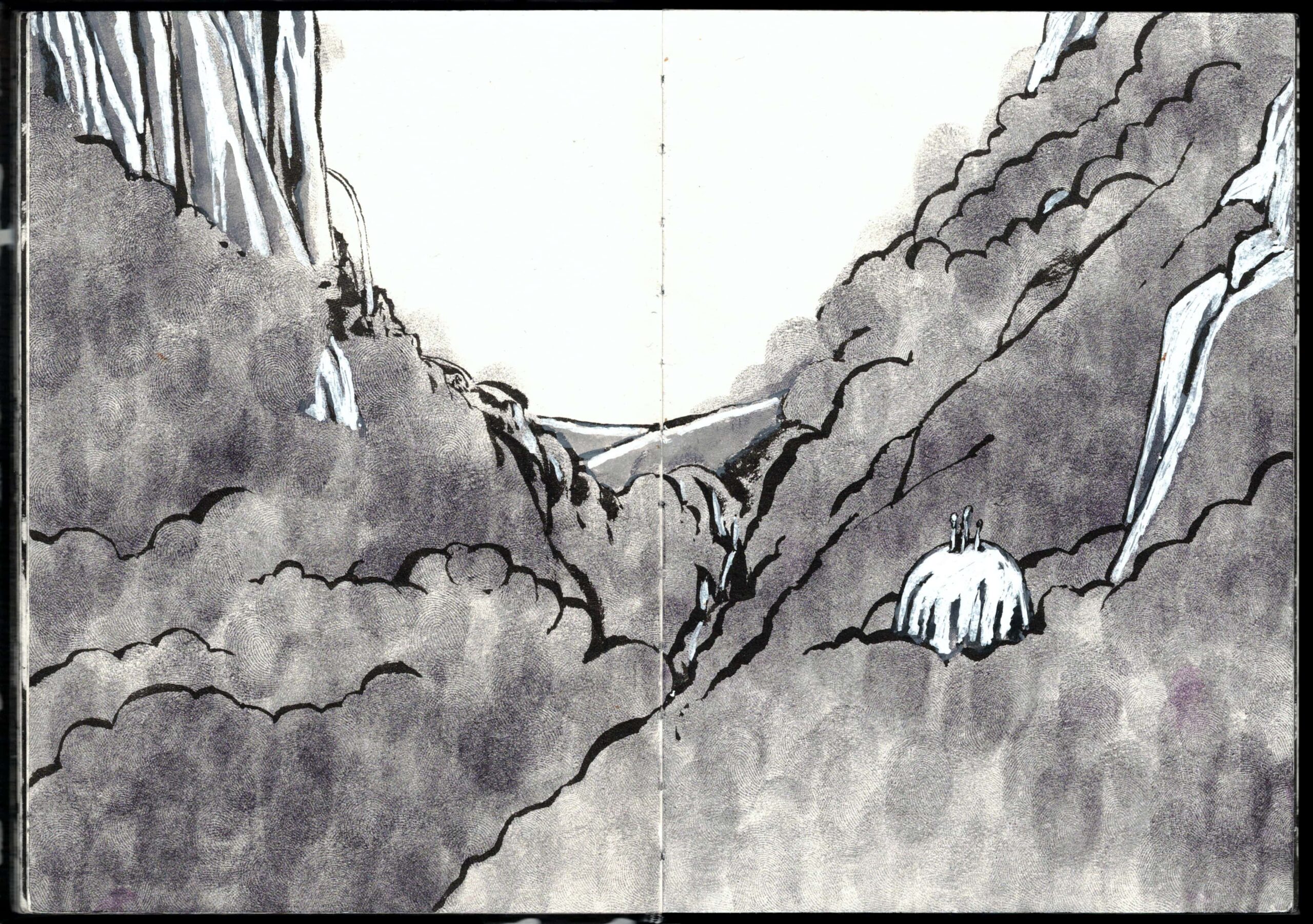★ KAI ★
Kai Jerzö
‘Jerzovskaja’
– Welcome to the here and now –
★ Perceiving and designing ★
Colour (2): Physiology of Vision
Basic Concepts
Physiology examines the functions and interplay of organs. In the context of vision, key areas include colour vision, light-dark vision, and the perception of afterimages. Optical perception involves the processing of light stimuli by the eye and the brain and is referred to as the sense of sight. This is the most significant sensory organ in humans, providing over 80% of environmental information.
Anatomy of the sense of sight
Structure and function of the eye
[ Fig. 1: Front view of the eye, Fig. 2: Top view of the eye, Fig. 3: Cross-section of the eye ]
- Sclera: Protects and stabilises the eye.
- Cornea: Directs light into the interior of the eye and acts as a rigid lens.
- Choroid: Supplies the retina with oxygen and nutrients.
- Iris and pupil: The iris regulates the amount of light entering through the pupil, a circular opening in the iris that widens or narrows depending on brightness. The iris, the visible part of the choroid, determines eye colour and is therefore also called the “rainbow membrane”.
- Lens: Elastic in nature, the lens automatically adjusts its curvature to focus on objects at varying distances, enabling sharp vision of both near and far objects. This process, called accommodation, involves changing the lens’s refractive power and focal length.
- Retina: Contains approximately 125 million light-sensitive rods (for light-dark vision) and 6 million cones (for colour vision).
Rods: Highly sensitive to low light, mainly located in the peripheral areas of the retina.
Cones: Responsible for colour vision, with three types attuned to red, green, and blue-violet. Concentrated in the fovea (the region of highest visual acuity). - Vitreous body: A gel-like transparent substance that stabilises the eye and fills about 80% of the eyeball.
- Optic nerve: Transmits impulses from the photoreceptors (rods and cones) to the brain.
- Blind spot: The area where nerve fibres exit the eye as the optic nerve. This region lacks photoreceptors, meaning no visual perception occurs here. However, the brain actively reconstructs missing information to create a complete image, so the blind spot is typically unnoticed.
The visual process
Light entering the eye is focused by the cornea, lens, and vitreous body onto the retina. Rods and cones convert light stimuli into electrical signals, which travel via the optic nerve to the brain. In the visual centre, these signals are processed into images.
Accommodation: When focusing on distant objects, the lens flattens; when focusing on nearby objects, it becomes more curved. Since we cannot focus on near and far objects simultaneously, the brain adjusts the lens automatically within fractions of a second, making the process largely subconscious.
Depth perception requires the use of both eyes. The angle of the visual axes allows the brain to determine the spatial positioning of objects.
Colour differentiation: A healthy eye can distinguish up to 100,000 colour shades under normal lighting conditions.
Colour vision and lighting conditions
Colour vision relies on the response of cones to various light wavelengths:
- Red (long wavelengths), green (medium wavelengths), and blue-violet (short wavelengths) activate specific types of cones. The intensity of these stimuli creates the perception of colour.
Twilight and night vision
As light decreases, cones lose function, and the more light-sensitive rods take over perception. This results in reduced colour vision and heightened sensitivity to shades of grey.
- Yellow as a signal colour: Yellow remains visible for longer in low light as it activates both red and green cones. This dual activation produces a stronger signal to the brain, resulting in higher sensitivity to this part of the spectrum.
Additionally, yellow appears the brightest of all mixed colours, due to the eye’s heightened sensitivity in the middle of the visible spectrum. These properties make yellow an ideal signal colour. - Indirect vision: In darkness, objects can be detected more effectively when not directly observed. The central area of the fovea, responsible for the highest visual acuity, contains only colour-sensitive cones and no light-sensitive rods. Since cones are only active in sufficiently bright light, indirect vision, relying on rods in the peripheral regions of the retina, plays a crucial role in low-light conditions. These rods are significantly more sensitive and enable the perception of objects in darkness.
Summary
The eye and its associated structures are finely tuned for the processing of light and colour. The visual process combines the physical properties of light with the physiological capabilities of the eye and the brain’s signal processing, enabling us to perceive our environment sharply, spatially, and in full colour.
– KAI
© Kai Jerzö, 4th december 2024 –
Citation
Quote? Yes, with pleasure as follows:
– Jerzö, Kai (2024): ‘Perceiving and shaping – Competence in Colour Design: Physiology of Vision.’ 2024-12-04. In: Illustration.world-Blog, 2024-12-04. URL: https://illustration.world/design_competence_colour_2_en/ .





